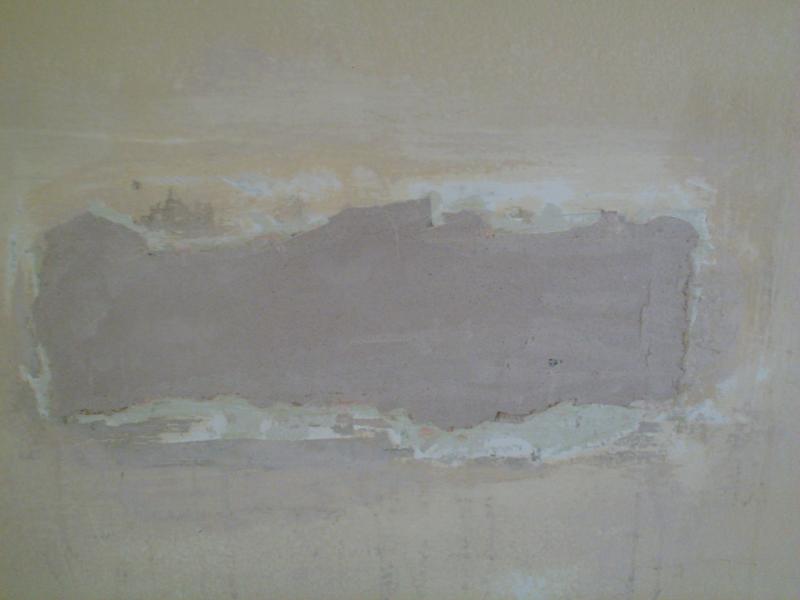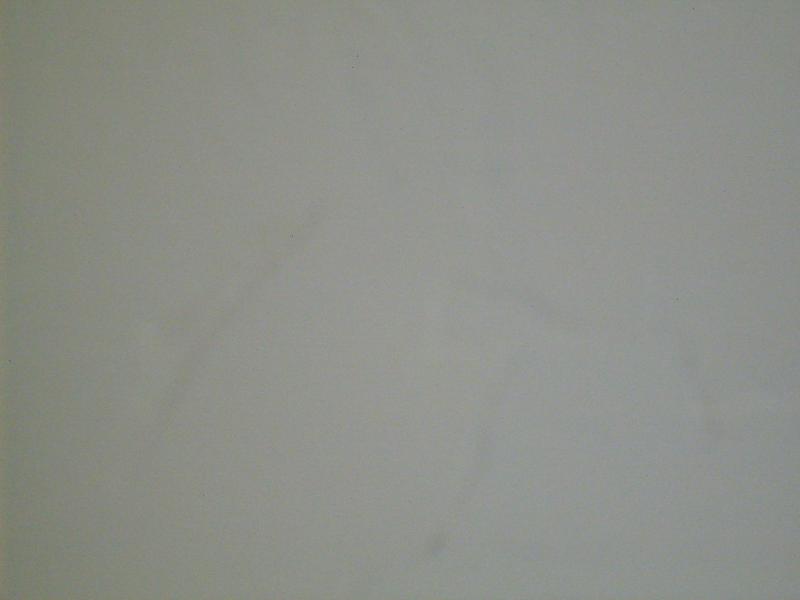D
dextrous
Completely missed thatHad another look at the thread this morning & it may be even worse; replacement windows is one thing but cutting new ones is definately notifyable & I can’t actually see any evidence that a lintel has been fitted in there.
DittoSorry again Bachco for hijack, last time I promise.



